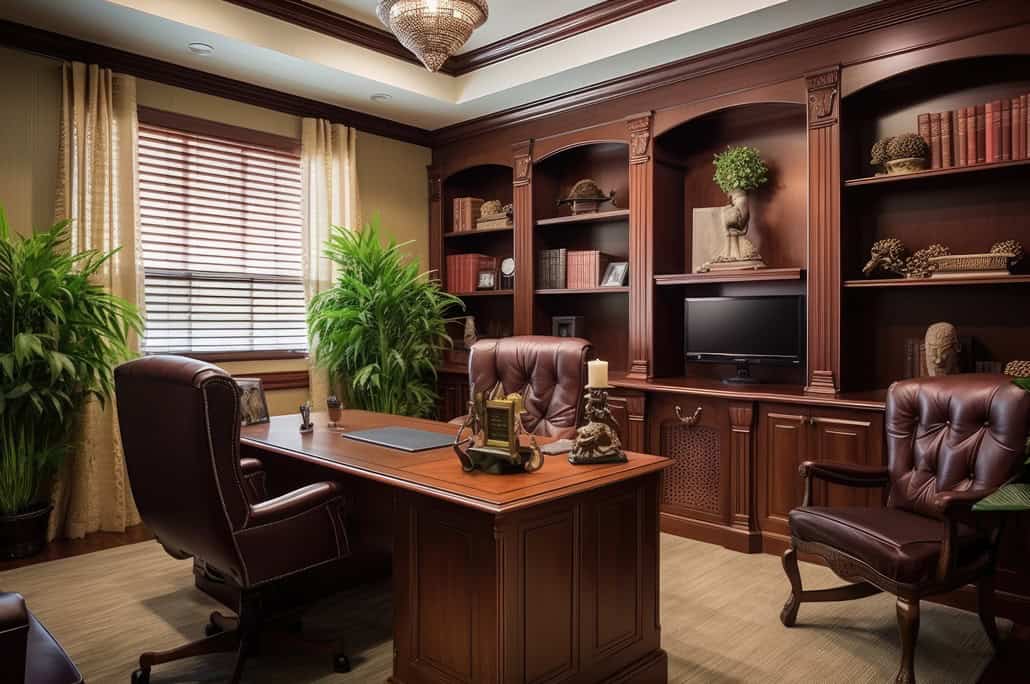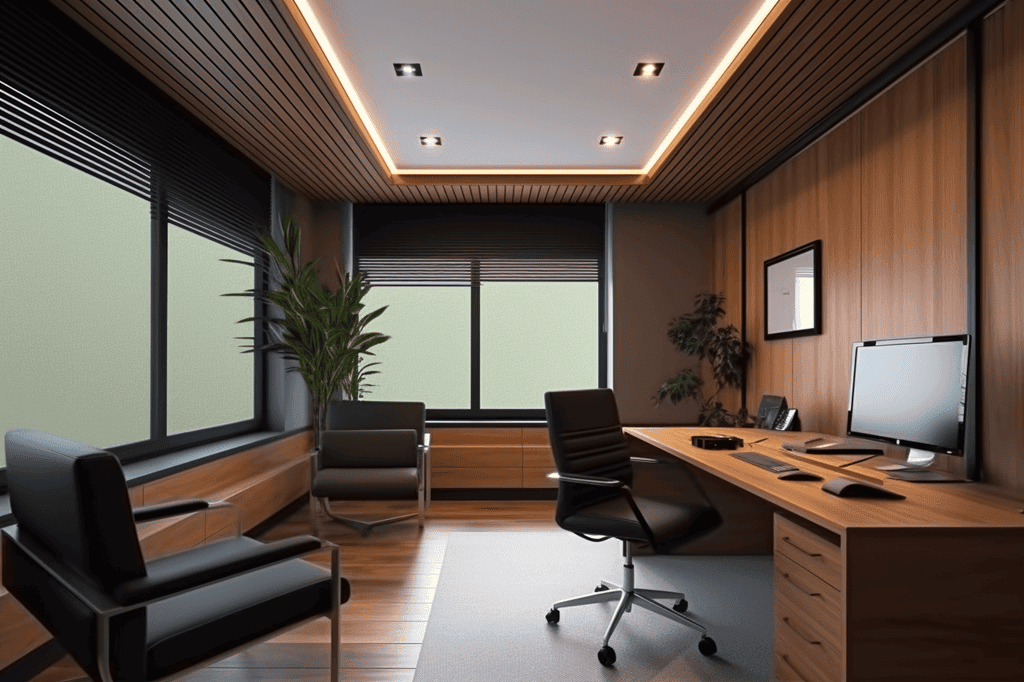Welcome to the world of office room interior design, where creativity meets productivity. A well-designed office isn’t just a pretty space; it’s the secret sauce that can transform your daily work routine. So, why does it matter so much? Imagine walking into your office each day and feeling an instant boost of energy and motivation. The right office design can make that happen. It’s like your favourite coffee shop, but without the barista – your space itself fuels your drive.
we’re going to explore why a well-designed office is your best ally for a successful work life. We’ll delve into the magic that happens when you blend functionality and aesthetics seamlessly. So, let’s take a moment to understand why your office design is more than just a matter of style; it’s a game-changer in your everyday work experience.
Factors to Consider Before Redesigning Your Office
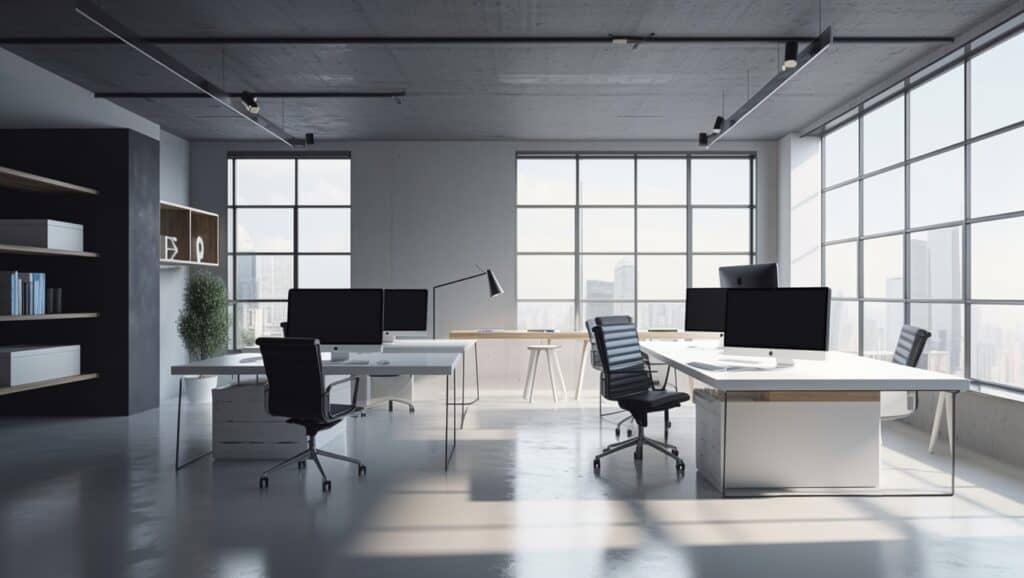
Redesigning your office is an exciting journey that can breathe new life into your workspace. However, before you dive into the world of colors, furniture, and decor, there are a few important factors to ponder.
Let’s take a closer look at what you should consider:
- Your Work Needs: Think about the way you work. Are you a team that thrives on collaboration, or do you need a peaceful corner for solitary tasks? Your office should cater to your unique work style.
- Budget Matters: It’s no secret that office room design makeovers can be pricey. Set a realistic budget and stick to it. With some creativity, you can achieve fantastic results without breaking the bank.
- Space Utilization: Analyze the space you have. Is it efficiently used, or is there wasted space that could be put to better use? A well-optimized layout can make a world of difference.
- Ergonomics and Comfort: office room design furniture should be comfortable and ergonomic. After all, you’re going to spend a significant portion of your day in your workspace. Invest in chairs and desks that support your well-being.
- Aesthetics and Branding: Your office room interior design is a reflection of your brand and company culture. Choose office room colour and decor that align with your identity and inspire both employees and visitors.
- Natural Light and Ambiance: Pay attention to lighting. Natural light can boost mood and productivity. A well-lit, pleasant atmosphere can make your office a more inviting place to work.
- Future Growth: Consider your company’s future. Will your team expand? Will you need more meeting space or additional workstations? Ensure your design can accommodate growth.
- Technology Integration: In today’s digital age, technology is crucial. Plan for efficient cable management and power outlets, so your office supports your tech needs seamlessly.
- Employee Input: Don’t forget to involve your employees in the design process. Their input can provide valuable insights into what would make their work environment more comfortable and functional.
- Sustainability: Think about eco-friendly solutions. Sustainable materials and energy-efficient practices not only help the environment but can also save you money in the long run.
Remember, your office room interior design is a chance to create a space that enhances your productivity, promotes well-being, and aligns with your brand. So, take these factors into account, and you’ll be on your way to an office that’s both functional and inspiring.
Crafting the Perfect Office Room Layout: Your Guide to an Ideal Workspace
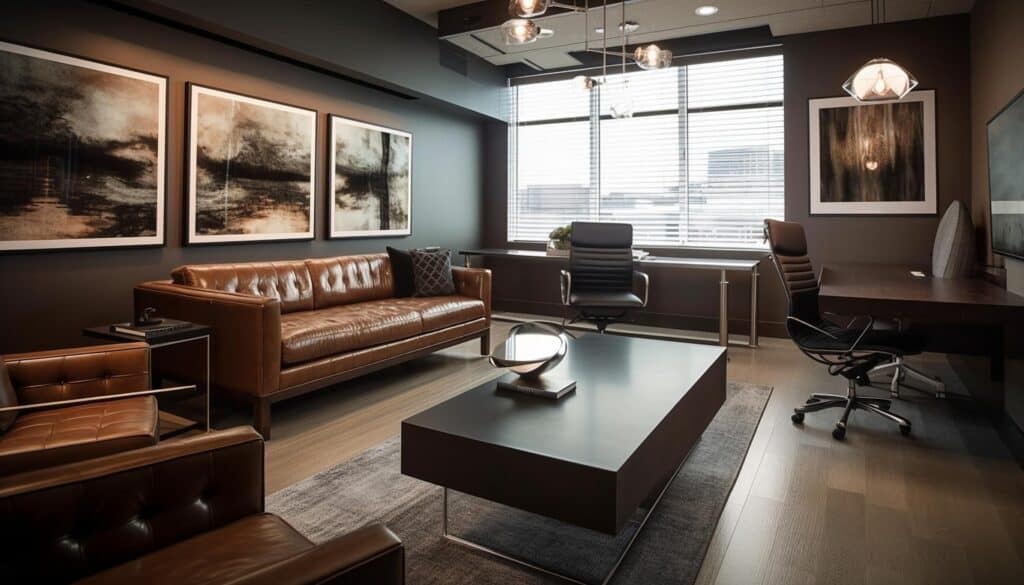
Consider your team’s work style and the nature of your projects when deciding on these layout.
- Cubicles and Workstations: Cubicles and workstations are suitable for larger teams or organizations that need a balance between collaboration and individual focus. They provide a semi-private workspace with partitions, allowing employees to work in close proximity while still maintaining some personal space.
- The Executive Office: The office room interior design is typically for senior members of the organization. It should exude professionalism and authority. It often features a spacious desk for meetings and planning, comfortable seating for guests, and personalized touches that reflect the occupant’s role and taste.
- Conference Rooms: Conference rooms are essential for team meetings, client presentations, and brainstorming sessions. Consider the size and style of the conference room to accommodate the number of participants and the nature of the discussions that will take place there. The layout should promote engagement and communication.
- Reception Area: The reception area is the first point of contact for visitors. It should make a positive first impression and align with your company’s branding. Comfortable seating, branding elements like company logos, and a welcoming ambiance are key features of a well-designed reception area.
- Breakout Zones: These informal spaces are designed to foster creativity and relaxation. They provide an alternative to traditional workspaces and are equipped with comfortable seating, coffee stations, or even games to encourage employees to take short breaks and recharge during the workday.
- Flexibility in Layout: A flexible layout is essential for adapting to changing needs. Moveable furniture and partitions enable you to reconfigure the office easily. This adaptability ensures your space can evolve with your business and team requirements.
- Traffic Flow: Consider how employees and visitors move through your office. Ensure there are clear paths to key areas like workstations, meeting rooms, and break areas. A well-thought-out traffic flow minimizes congestion and improves overall efficiency.
- Personal Workspaces: Individual workspaces should prioritize employee comfort and productivity. Ergonomic desks and chairs, storage solutions, and adequate lighting are essential to create a conducive environment for focused work.
- Collaboration Spaces: Designated collaboration spaces should encourage teamwork and innovation. These areas may feature whiteboards, project tables, and shared workstations, providing a conducive environment for brainstorming and group projects.
- Privacy Considerations: In open layouts, it’s important to create designated quiet spaces for tasks that require concentration. This can be achieved through small meeting rooms or private workstations, ensuring employees have options for focused work when needed.
- Accessibility: Ensure your room layout complies with accessibility standards, making it easy for all employees and visitors to navigate the office. Consider features like wheelchair-accessible paths, adjustable desks, and other accommodations to create an inclusive workspace.
- Decor and Branding: Infuse your room layout with elements that reflect your company’s brand and culture. This includes using colors, artwork, and decor that align with your brand identity and values, creating a cohesive and inspiring environment for everyone in the office.
In crafting the perfect office room interior design, think about your team’s unique needs and preferences. A well-designed room layout can be a game-changer, making your office a place where productivity and creativity thrive.
Let’s Create office room interior design with Officebanao
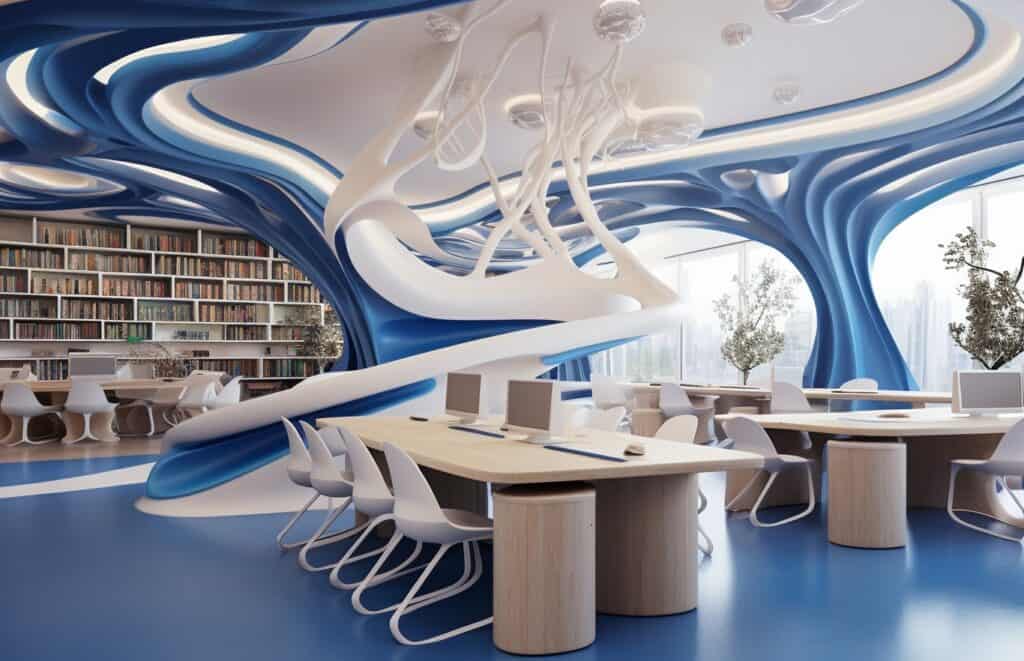
If you want to transform your dull office into a creative office. You can rely on Officebanao’s expert office room design ideas. We are the best company for office wall designs and will be there to help you. Officebanao has the best experts for Best back wall design for offices.


